Since the late 1990s, iris recognition technology has been used in banks and airports as a means of identity authentication. Today, its use is widespread in government facilities, schools/research centers, correctional/judicial facilities, healthcare and others. There are a number of reasons for its rising popularity, but first, a brief overview of the technology is in order.
Iris recognition measures the unique patterns in the coloured portion of the eye (the iris) and compares that ‘signature’ to the one on file in the system to verify and authenticate identity. The iris pattern has the most desirable properties for verification compared to other biometrics because of its uniqueness, stability over time and relatively easy accessibility. It also has the highest accuracy among all biometrics.
Today’s iris recognition systems |
1. Ease of use
Today’s iris recognition systems have been designed for ease of use and to lessen any perceived concern about the technology. In fact, it’s as simple as taking a selfie. In the enrollment process a camera captures a detailed image of the iris and the system’s biometric software makes a template or 'map' of the person's iris pattern for storage in the system. To verify identity later, an individual simply looks at the iris reader from a comfortable distance, and the system compares the patterns in the individual's iris against the templates stored in the database. If there's a match, the individual’s identity is verified.
2. Cost
Whether used in security or business applications, iris readers are proving cost effective – particularly from a lifecycle perspective. There are no cards to be replaced when worn out or lost; no RFID blocking sleeves are necessary to prevent hacking; and operations can be streamlined through reduced time and labor. Some systems allow scanning of up to 30 people per minute from a distance of several feet.
And because no contact with the camera is required, either for enrollment or authentication, wear and tear on the cameras and contamination issues are greatly reduced.
 |
| In a real sense, card-based systems are using the card as confirmation of the identity of the person carrying the card |
3. Vulnerability
It has been said that using lower-accuracy access systems such as cards/readers for facility access is the equivalent of locking a car door – easily compromised. Stolen cards can be duplicated or the information contained in the card can be used to hack into other areas of a facility. These vulnerabilities can lead to a less secure environment and put the safety of employees, visitors and assets at risk.
Iris readers can overcome many of these concerns and help ensure a higher level of security. There are no cards to be lost, loaned or duplicated, and iris information cannot be falsified. An iris cannot be shared or stolen, and iris readers cannot be fooled by makeup, hair or clothing changes.
4. Identity Authentication
In common access control systems, access is authorized either by the reader/controller or by the reader/server based on presentation of a pre-programmed access card by the individual. Neither decision is dependent upon any type of identity recognition. Without physical identity verification, the reader does not have the ability to confirm that the user is in fact the individual assigned to that card.
Even two-factor authentication |
In a real sense, card-based systems are using the card as confirmation of the identity of the person carrying the card. However, because cards can be stolen, loaned, lost or duplicated, that link is both tenuous and vulnerable. Even two-factor authentication (i.e. access card plus PIN or password) can be defeated with readily available skimmers.
Iris recognition access control systems on the other hand require authenticated identification before allowing access. The individual is uniquely and permanently linked to their iris. Some readers even work in outdoor environments as well as through eyeglasses, sunglasses, and contact lenses.
5. Multiple uses
As an identity management solution, iris readers have been deployed in mainstream security locations in addition to environments as diverse as federal, state and local law enforcement, correctional facilities, travel and border security, healthcare and financial services as well as sports and entertainment venues. Outside security applications, organizations that are investigating ways to update and improve business procedures are considering the efficiency and productivity gains with the use of biometrics.
Examples include protecting against insurance fraud, maintaining time and attendance records, and even ensuring a patient gets the right medication in a hospital. And, because of the non-contact interface – the user simply looks into the iris reader – the technology is often selected for applications where the user is gloved, such as in pharmaceutical manufacturing or in a construction site or port, or in environments where users wear protective clothing.
 |
| A benefit of iris recognition systems is the capability for integration with other security systems to improve access control security |
6. Integration
Another benefit of iris recognition systems is the capability for integration with other security systems to improve access control security and provide greater operational efficiencies. For example, available today are IOM Android® tablets that fuse access control readers, biometrics, keypads, intercoms, cameras and more. These iris biometric-embedded tablets combine the accuracy and convenience of iris recognition with the functionality and customization of a mobile computing platform for increased security levels.
The high functioning tablets can also be integrated with building management functions and time and attendance systems for even greater efficiencies.
The high functioning tablets can |
7. Throughput
Efficiency in system usage is critical for high volume throughput in applications such as airports/border crossings. It’s also critical in maintaining efficient throughput in facility access or at large public venues where lengthy delays could lead to user dissatisfaction and ultimately security vulnerabilities. To overcome these obstacles, new systems on the market offer high speed, making it possible for users to simply walk through a checkpoint without the need to stop and look into a reader.
Iris recognition’s accuracy rates also contribute to ease of throughput. It’s extremely low FAR (False Acceptance Rates) and FRR (False Rejection Rates) are superior to those of other biometric modalities, making it better positioned for widespread usage.
Iris recognition has proven to be a game changer in both physical and logical security. Its strong authentication capability also has potential for the home security market in devices such as biometric locks, Bluetooth devices and even cloud-based security. As costs come down, innovations will abound and the seven things you now know will help you navigate the future of biometric security.
















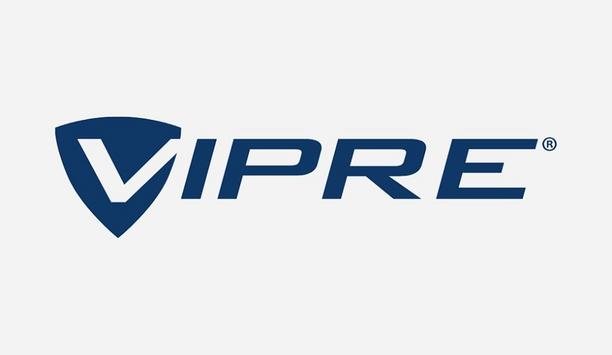
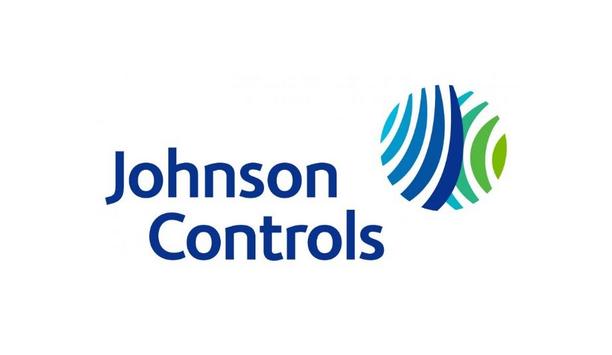
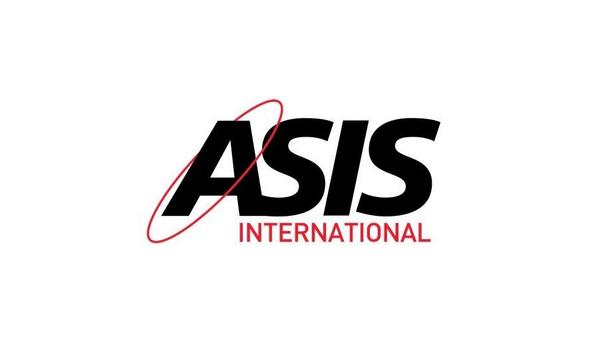


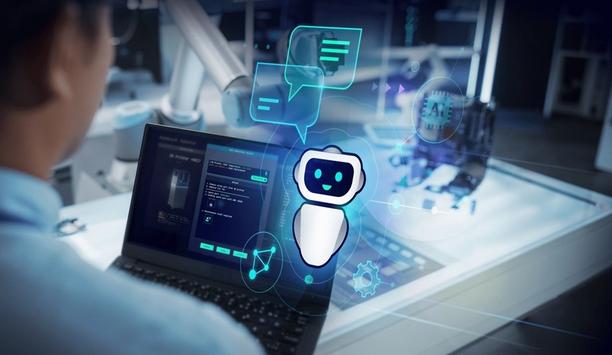

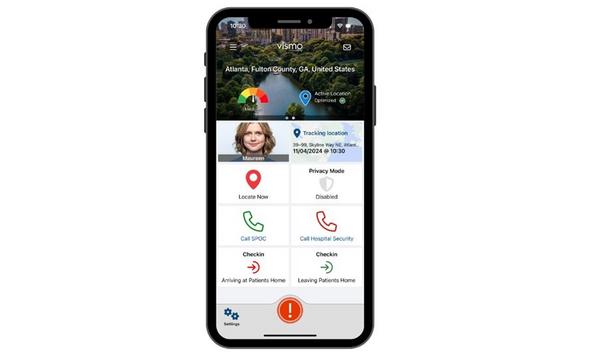
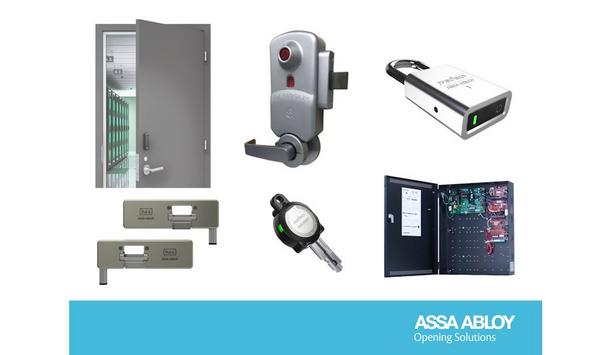









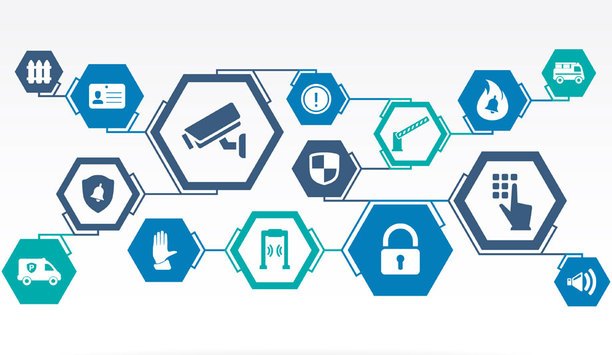
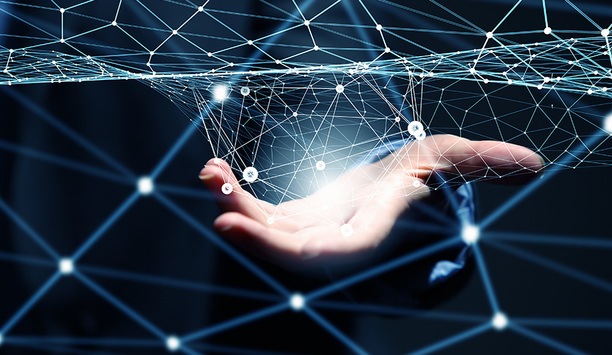
![[Download] Visitor Management: A Guide To Selecting And Employing A New Solution](https://www.securityinformed.com/img/news/612/hid-visitor-management-920.jpg)



